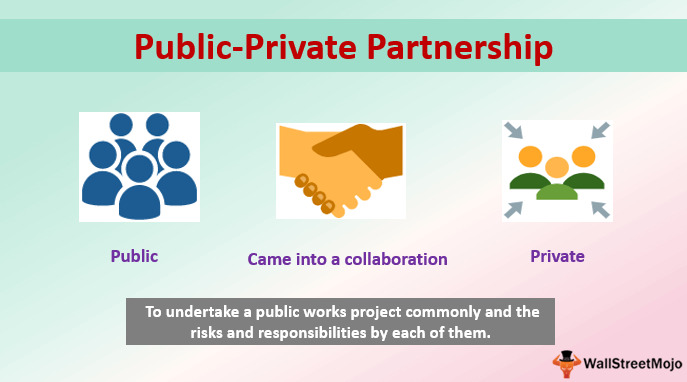Railway Board's letter on TADK/Bunglow Peon
Excerpts from Hindustan times
Indian Railways has decided to end the colonial-era practice of posting “bungalow peons” known as Telephone Attendant-cum-Dak Khalasis (TADKs) at the residences of senior officials of the 167-year-old national transporter.
The announcement was made in an order issued by the railway board on Thursday amid a review of the British-era legacy following allegations that railway officers tended to misuse the services of TADKs. No new appointment to the post will be processed starting with immediate effect, said the order, a copy of which was reviewed by Hindustan Times.
“The issue regarding appointment of TADK is under review in Railway Board. It has, therefore, been decided that any appointment of fresh face substitutes as TADK should not either be processed or made with immediate effect. Further, all cases approved for such appointments since 1st July 2020 may be reviewed and position advised to Board. This may be complied with strictly in all Railway establishments,” the order said.
A TADK is treated as a temporary employee of Indian Railways in the Group D category after the initial 120 days of service. The posting becomes a permanent one after a screening test on completion of three years of service.
“Indian Railways is on a fast transformational path of all-round progress. Many practices and management tools are being reviewed in view of changes in technology and working conditions. The measures taken are to be seen in such a context,” a spokesperson for the ministry of railways said.
Indian Railways last month issued an order to end the British-era practice of using Dak Messengers, or personal messengers, for official communications and move towards video conferencing in a bid to save costs.
Bungalow peons have been posted at the residences of railway officers to perform duties such as attending to telephone calls and carrying files from their offices to homes. Over the years, concerns have been raised that TADKs were being used by officers to perform their household chores.
“There is little sense in continuing with the practice in this era of mobile phones given what their initial primary tasks were. Most of the times they end up getting deployed for domestic work by the officers,” a railway official explained, requesting anonymity.
In a 2018 verdict on a case filed by a former TADK, Anup Kumar, in the Central Administrative Tribunal that he had been discharged from services by an officer of North Central Railwayi in an arbitrary and illegal manner, the tribunal ruled in favour of the officer.
“According to the applicant, there is rampant misuse of the services of Bungalow Khalasis by many of the Railway Officers. Even though they are engaged mainly to perform the duties such as attending telephone calls at the residence of the officer concerned, carrying files from office to the residence of the concerned officer and back etc., in actual practice, they are treated as domestic servants to do the work of cleaning, washing, cooking etc. and they are thrown out even for the slightest mistake on their part,” the order said, quoting the applicant.
Railway minister Piyush Goyal, after taking charge of the ministry of railways in 2017, urged senior officials to discontinue the colonial- era practice of having railway employees work at their homes. Around 10,000 railway employees were then relieved of their duties as TADKs until 2018.










